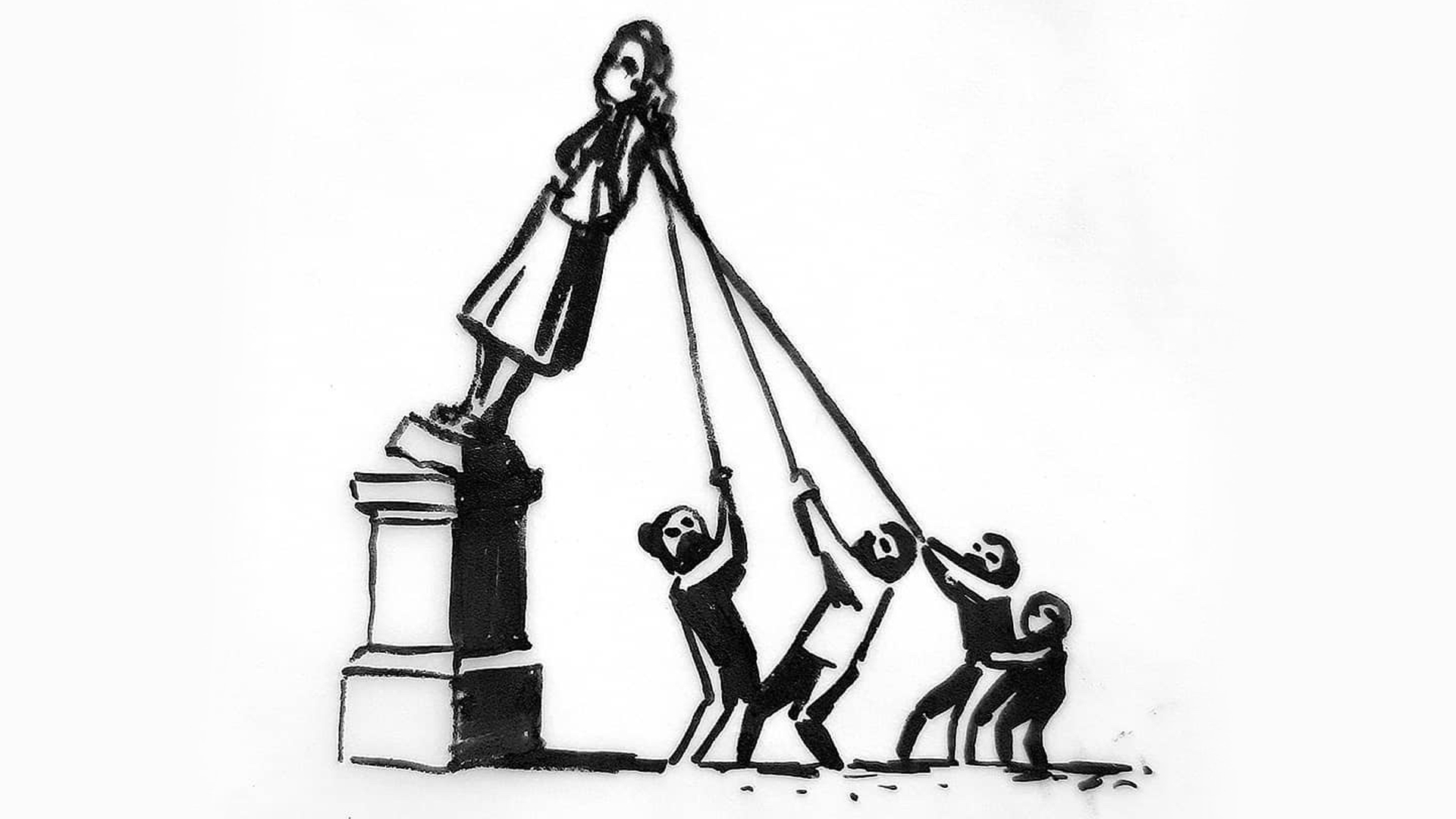Indian democracy dropped from “Free” to “Partly Free” status in Freedom House’s latest report: Freedom in the World 2021. The government’s clampdown on free speech, unplanned lockdowns that forced millions below the poverty line, and the rise of a Hindu nationalist movement, all contributed to India moving towards authoritarianism on the index. While India’s score on political freedom (34/40) was heartening, abysmal scores for civil liberties (33/60) and internet freedom (51/100) rightly raised concerns. The Indian government soon released a rebuttal, claiming that the findings of the report are “misleading, incorrect and misplaced” and that India remains a “vibrant democracy, which gives space to those who hold varying views”.
According to the report, India’s archaic law on sedition had a significant role to play in this decline. “Frequent use of sedition and other charges in recent years to deter free speech, including discussion of a discriminatory citizenship law and the COVID-19 pandemic” have been noted as encroachment upon constitutionally guaranteed freedom of speech and individual freedom. The government’s response to this particular observation was to first claim that these measures were taken to preserve “public order” and to then feign plausible deniability by using India’s federal structure where law and order are state subjects. According to the government, “Public Order and Police are state subjects under India’s federal structure of governance. The responsibility of maintaining law and order, including investigation, registration and prosecution of crimes, protection of life and property etc. rests primarily with the concerned State Governments. Therefore, measures as deemed fit are taken by law enforcement authorities to preserve public order.”
In recent years, sedition laws have been used frequently as a tool of surveillance to target activists, students and journalists who exercise their individual liberties in questioning government action or inaction. According to data released by the National Crime Records Bureau, the number of cases filed under Section 124A (sedition) of the Indian Penal Code (IPC) increased by 160% between 2016 to 2019. However, the rate of conviction dropped from 33% to 3.3% in the same period. In 2019, around 50% of those arrested were in the age group of 18-30.
Article 14’s sedition database found that in the last year, six sedition cases during the farm protests, 25 during anti-CAA protests, 22 after the Hathras gangrape and 27 cases after Pulwama were registered. Apart from these, writing a letter against mob lynching, holding a “free Kashmir” poster, uploading a video related to the Pulwama attack on Facebook, raising “Azadi” related slogans and having private phone conversations have been considered seditious. While the central government maintains that the larger question to be considered is “whether some people abuse social media internationally to defame India, to promote secessionism”, there have been several discussions in the Parliament on the misuse of Section 124A.
While a bevy of statutory provisions under Unlawful Activities Prevention Act, 1967, Prevention of Damage to Public Property Act, 1984, the Information Technology Act, 2000 and Prevention of Insults to National Honour Act, 1971 etc. have been used, Section 124A remains the primary weapon.
Section 124A of the IPC states that “Whoever, by words, either spoken or written, or by signs, or by visible representation, or otherwise, brings or attempts to bring into hatred or contempt, or excites or attempts to excite disaffection towards the Government established by law shall be punished with imprisonment for life, to which fine may be added, or with imprisonment which may extend to three years”. An explanation to the Section adds that comments that do not excite or attempt to excite hatred, contempt or disaffection are not to be considered seditious. From Kedarnath to Balwant Singh, the Supreme Court has time and again reiterated that the section can only be used when there is a threat to public disorder or an attempt to incite violence. However, before the Kedarnath case, sedition had been deliberately expunged from the Constitution for its proclivity to be misused and abused.
Sedition was designed by the colonial empire to contain discontent, criticism, and thwart all attempts made by the colonies to gain freedom. During the Indian freedom movement, Bal Gangadhar Tilak, Annie Besant, Ali Brothers, Maulana Azad and Mahatma Gandhi were all imprisoned under this law. Post this, those involved in the freedom movement were convinced that this law would be antithetical to the values of democracy that new India intended to embrace. In 1948, an amendment unanimously passed by the Constituent Assembly erased Section 124A from the IPC. This was affirmed by the Supreme Court in the 1950 case of Romesh Thapar, where Judge Patanjali Sastri held that “deletion of the word sedition from the draft Article 13(2), therefore, shows that criticism of government exciting disaffection or bad feelings towards it, is not to be regarded as a justifying ground for restricting the freedom of expression and of the press, unless it is such as to undermine the security of or tend to overthrow the state.” Then came the Kedarnath case which upheld the constitutionality of Section 124A and in effect brought back sedition as a criminal offence.
Demands for scrapping the provision go as far back as 1922, when Mahatma Gandhi called Section 124A “the prince among the political sections of the Indian Penal Code designed to suppress the liberty of the citizen”. In 2018, the Law Commission of India recommended revoking sedition as an offence. In its 2019 election manifesto, Congress had committed to deleting the provision. However, as things currently stand, any demand for repeal of the sedition law is considered “anti national”, with the government affirming its intention to strengthen the law even further “to effectively combat anti-national, secessionist and terrorist elements”. The United Kingdom, Scotland, South Korea and Indonesia have long abolished their sedition laws, while countries like the US and Germany have severely restricted the scope of its implementation. India now has the distinction of sharing this law with countries like Saudi Arabia, Malaysia, Iran, Uzbekistan, Sudan, Senegal and Turkey, none of which would be considered a “vibrant democracy”.
Just last week, in the case of Rajat Sharma vs. Union of India, the Supreme Court held that views expressing dissent against the government can not be considered seditious. For now, disregarding constitutional right to free speech and individual liberty and ignoring numerous Supreme Court judgements, sedition continues to be used by the government as carte blanche to curtail dissent. Demands for repealing this illiberal and unconstitutional provision have been rejected under the guise of national interest. Even making the offence bailable and non-cognizable, as it was in 19th century England, would be progress over the status quo. The 2019 “promise” of a sedition law so strong it will send shivers down the spine does not seem distant any more.
About Author:
Swati Rao
Swati Rao is Manager, Advocacy at Centre for Civil Society. Previously, she has worked for the US Department of State, Swaniti Initiative in India, and holds an Erasmus Mundus Masters in Public Policy and B.A. LL.B (Hons) from Hidayatullah National Law University, Raipur.
Post Disclaimer
The opinions expressed in this essay are those of the authors. They do not purport to reflect the opinions or views of CCS.






